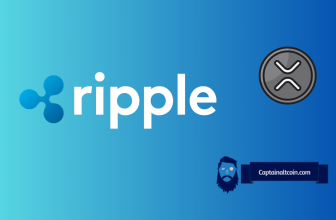Eight years after launching as the faster, lighter, and often experimental Bitcoin fork, Litecoin continues to move forward. The new direction for Litecoin is to add privacy to its arsenal of features.
One month ago, Charlie Lee, the founder of Litecoin announced that :
Updates on MimbleWimble progress: @davidburkett38, the main developer of Grin++, is now working with @ecurrencyhodler and I on the design. We’ve been ironing out the mechanism of getting LTC in and out of MW/EB. Also figured out how to handle MW fees in a clean way.
And after weeks of work, the draft LIP (litecoin improvement proposal) which explains the MimbleWimble integration was published on Litecoin’s Github.
In short, the LIP introduces opt-in MimbleWimble (MW) as a new transaction format through extension blocks (EB). Extension blocks run alongside main chain canonical blocks at the same interval of 2.5 minutes on average. Inside the EB is where MW transactions occur. Users can opt-in to using MW by moving their coins in and out of the EB through an integrating transaction.
To transition coins from the canonical side into the EB, it must be pegged-in. Coins on the canonical side are sent to a specially marked anyone-can-spend address. This results in the redemption of the equivalent amount of MW coins inside the EB. Once inside, MW transactions can occur. Coins in the EB can also be pegged-out back to the canonical blockchain and will be sent out of this special address. This special address will hold all the coins that represents coins on the extension chain.
MW with EB can be softforked in via version bits. Old clients will only see the coins ending up in the anyone-can-spend address and they will not be aware of the EB side.
Finally, MimbleWimble will have a switch commitment to Elgamal which can be activated via miner signaling once quantum computers are deemed to be a viable threat.
Benefits of MimbleWimble
MW works by combining transactions, if Alice sends a coin to Bob and than Bob sends it to Charlie it than it checks excess value instead of inputs and outputs but still keeping the signature so the tx is still valid. Doing this for the whole block makes transacting more efficient not less. It gives the benefit of privacy and making it more efficient.
The overwhelming reaction of LTC community was positive with couple of voices raising concern about potential trouble for Litecoin, in light of treatment other privacy coins like Monero received by regulators and authorities. Monero is often target of authority pressures on exchanges to delist it since its transactions cannot be monitored nor analyzed which is a top priority of most governments of the world.






